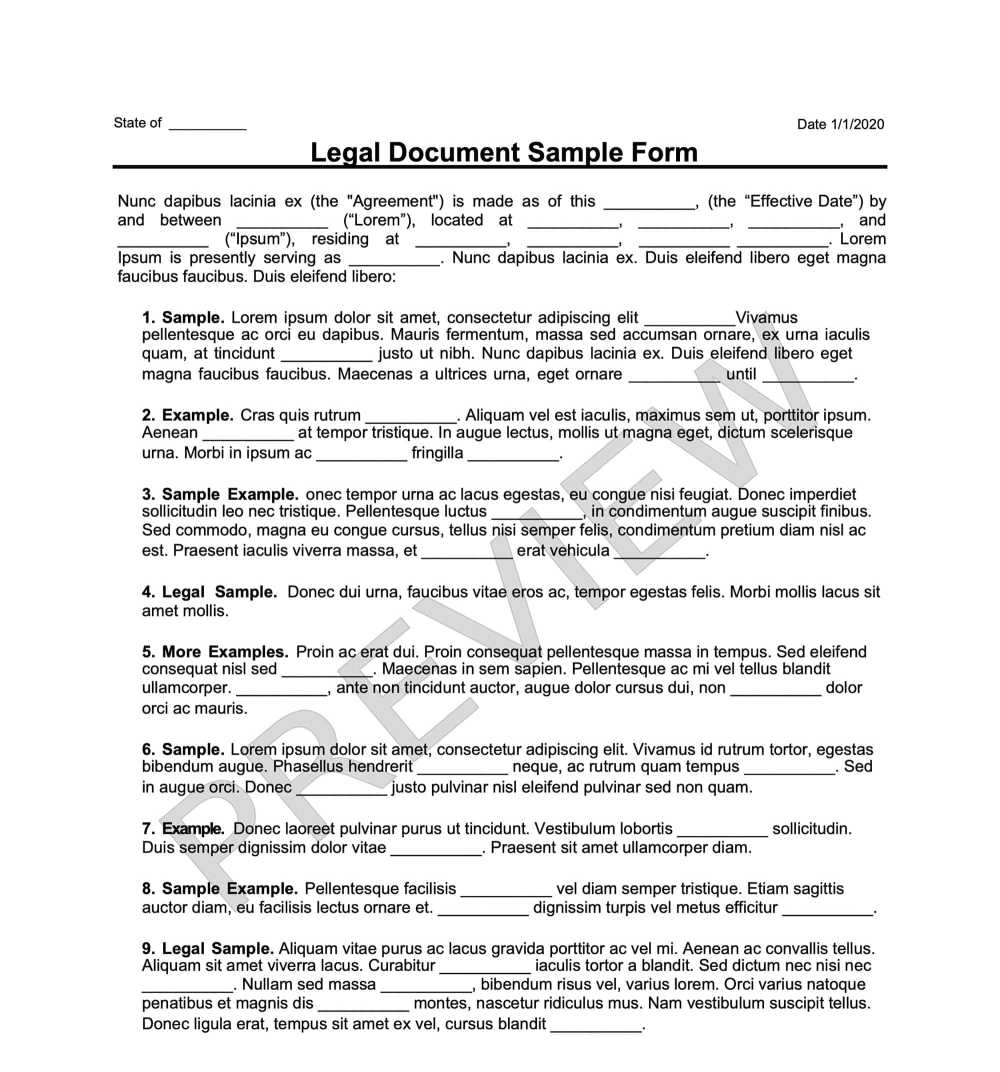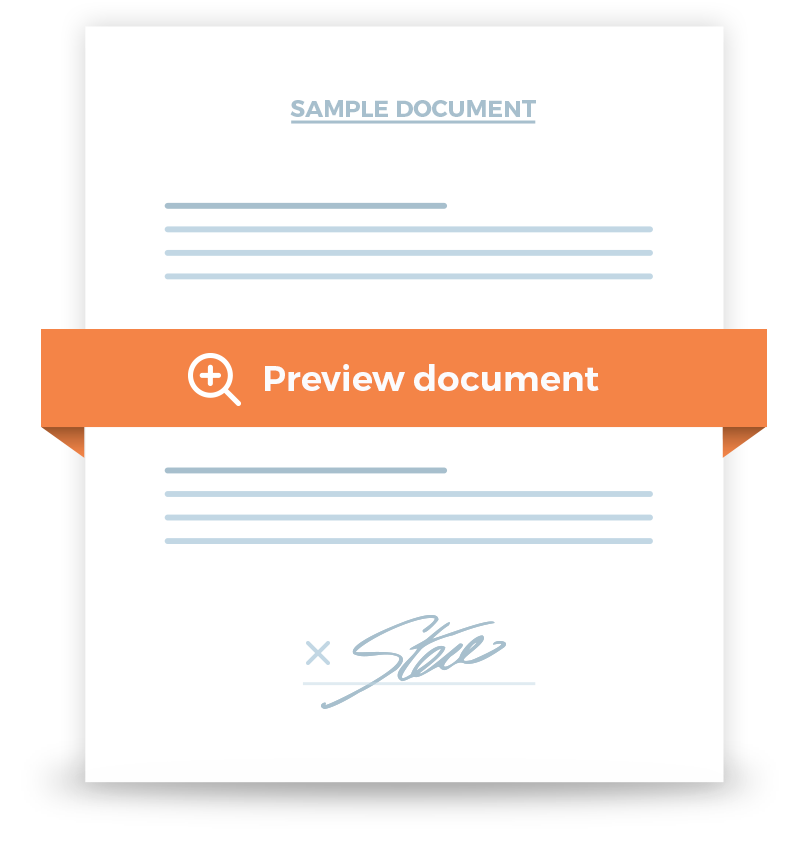Independent Contractor Non-Disclosure Agreement
An Independent Contractor NDA prevents an independent contractor from disclosing confidential information of the client under the threat of penalty.


Frequently Asked Questions
You do not always have to use a written Non-Disclosure Agreement. In many instances, both parties may settle on an oral agreement. However, having a written contract is common too, and it would possess clear evidence of the agreement and all the provisions. A written contract may reassure both parties and prevent any misunderstandings that might ensue.
A properly executed NDA is legally binding. It is recommended to seek legal advice before breaking the terms in the NDA. Any breach of the contract can result in legal action, including damage compensation and a court order against disclosing the relevant information.
Confidentiality Agreements and Non-Disclosure Agreements (NDA) are used interchangeably, although there are subtle differences in practice.
The Confidentiality Agreement is used for a higher level of secrecy. NDAs simply specify the information covered, as opposed to Confidentiality Agreements that may require the parties to actively protect the sensitive data against theft, e-database breaches, and more.
The NDA is mostly used in startups involving a third party. Third parties can be potential investors, customers, suppliers, and vendors that would be required to protect any disclosed intellectual property, trade secrets, financial information, etc.
NDAs are most common in the US. When doing business across borders, foreign companies may recognize either as a Confidential Agreement.
Confidentiality Agreement in Employment. Confidentiality Agreements are more commonly used.
A non-disclosure agreement can be unilateral, mutual, or multilateral.
Unilateral NDAs only require the receiving party to sign the NDA.
Mutual NDAs or Bilateral NDAs are signed by both parties, usually when both are in receipt of business secrets.
Multilateral NDAs govern three or more parties, of which at least one is a disclosing party. The use of a Multilateral NDA eliminates the need for separate Mutual NDAs.
The NDA created through this page is a Unilateral NDA.
NDAs exclude the following:
Non-proprietary information: Information that is not classified as a trade secret or owned by one of the parties.
Subpoenaed information: If subpoenaed by a court, a receiving party can disclose information to the authority without violating the NDA.
Public information: All information considered public knowledge.
Common knowledge: Commonly known information in the industry.
Previously known information: A receiving party is not required to protect information learned prior to the NDA.
Including a non-compete covenant with your NDA is a promise not to compete against the other party. This may be restricted to a particular market and location. This covenant is most commonly used between employers and employees, especially the star employees who might want to strike out on their own in the same industry. While this can be a separate document, you may also include it in the non-disclosure agreement
An injunction is a court order for one party to refrain from a certain act at the threat of contempt of court. As relates to a NDA, a court injunction would most commonly order one party to not disclose any relevant confidential information they are not supposed to share. The defendant who breaches a NDA may be ordered to pay monetary damage, but even before or after that, the claimant can petition the court for an injunction to order the defendant to not disclose the information or to refrain from disclosing any further.
The non-solicitation cluase is a covenant to refrain from using confidential information to poach clients or employees from the party that disclosed the information. While it can be a standalone document, the non-solicitation clause is often inserted into other contracts.




